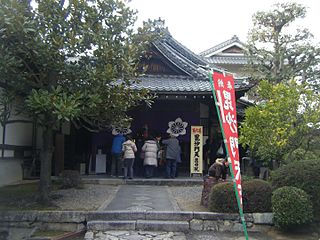Self-guided Sightseeing Tour #2 in Kyoto, Japan
Legend
Guided Free Walking Tours
Book free guided walking tours in Kyoto.
Guided Sightseeing Tours
Book guided sightseeing tours and activities in Kyoto.
Tour Facts
1 km
25 m
Experience Kyoto in Japan in a whole new way with our free self-guided sightseeing tour. This site not only offers you practical information and insider tips, but also a rich variety of activities and sights you shouldn't miss. Whether you love art and culture, want to explore historical sites or simply want to experience the vibrant atmosphere of a lively city - you'll find everything you need for your personal adventure here.
Activities in KyotoIndividual Sights in KyotoSight 1: Tōfuku-ji
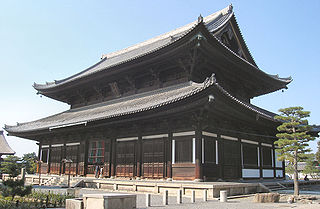
Tōfuku-ji (東福寺) is a Buddhist temple in Higashiyama-ku in Kyoto, Japan. Tōfuku-ji takes its name from two temples in Nara, Tōdai-ji and Kōfuku-ji. It is one of the Kyoto Gozan or "five great Zen temples of Kyoto". Its honorary sangō prefix is Enichi-san (慧日山).
Sight 2: Sada-in
Hidenin is a temple of the Shingon sect of the Senjoji sect located in Higashiyama Ward, Kyoto. It is one of the towers of Senchung Temple, and the main shrine is Amitabha. Izumiyama Seven Lucky Gods Tour No. 6 (Bishamon Heaven) Temple.
Sight 3: 新善光寺
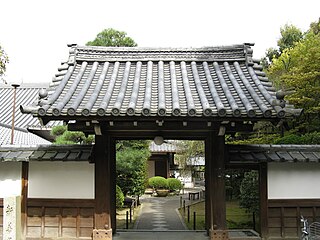
Shinzenkoji Temple is a temple of the Shingon sect of the Senjoji sect located in Higashiyama Ward, Kyoto. It is one of the towers of Senchung Temple, and the main shrine is Amitabha. Izumiyama Seven Lucky Gods Tour Extra (Aizen Myō) Temple.
Sight 4: Kaikoh-ji
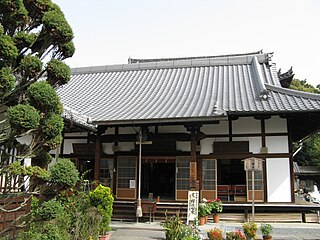
Kaikoji Temple is a quasi-separate main temple of the Shingon sect of the Senjoji sect located in Senjoji Yamauchi-cho, Higashiyama-ku, Kyoto. The head of the tower of Sohonzan Senchung Temple. The name of the mountain is Higashiyama. The main Buddha is Buddha. The official name of the temple is Kōkōritsu-ji. He is also known as Joroku-san.
Sight 5: 法音院
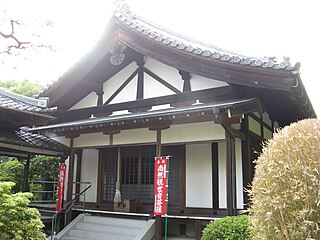
Hoonin is a temple of the Shingon sect of the Senjoji sect located in Izumiokeji Yamauchi-cho, Higashiyama-ku, Kyoto. The head of the tower of Sohonzan Senchung Temple. The honzon is the Fuku 羂羂索Kannon. Luoyang Thirty-Three Guanyin Shrine No. 25.
Share
How likely are you to recommend us?
Disclaimer Please be aware of your surroundings and do not enter private property. We are not liable for any damages that occur during the tours.
GPX-Download For navigation apps and GPS devices you can download the tour as a GPX file.
